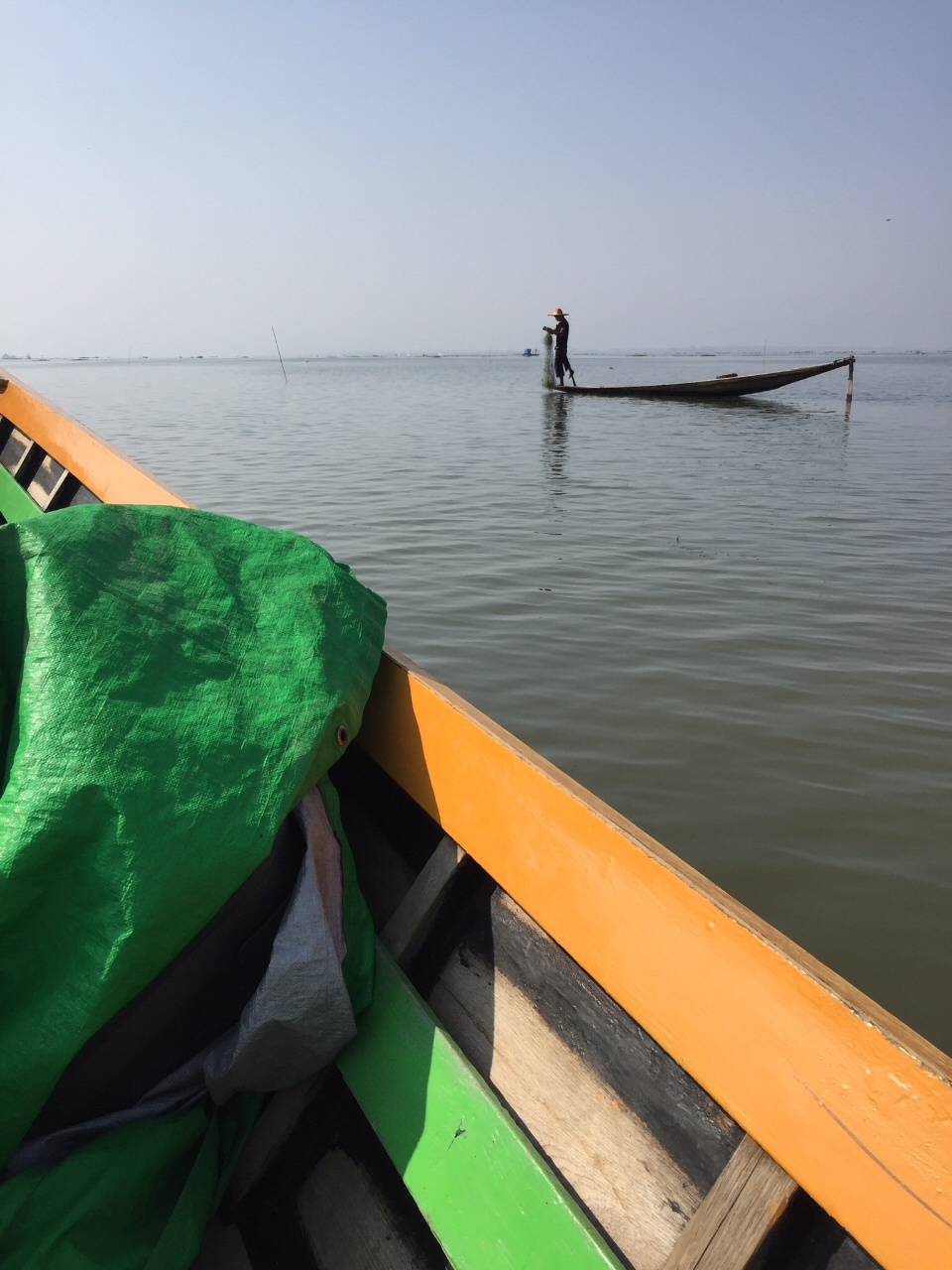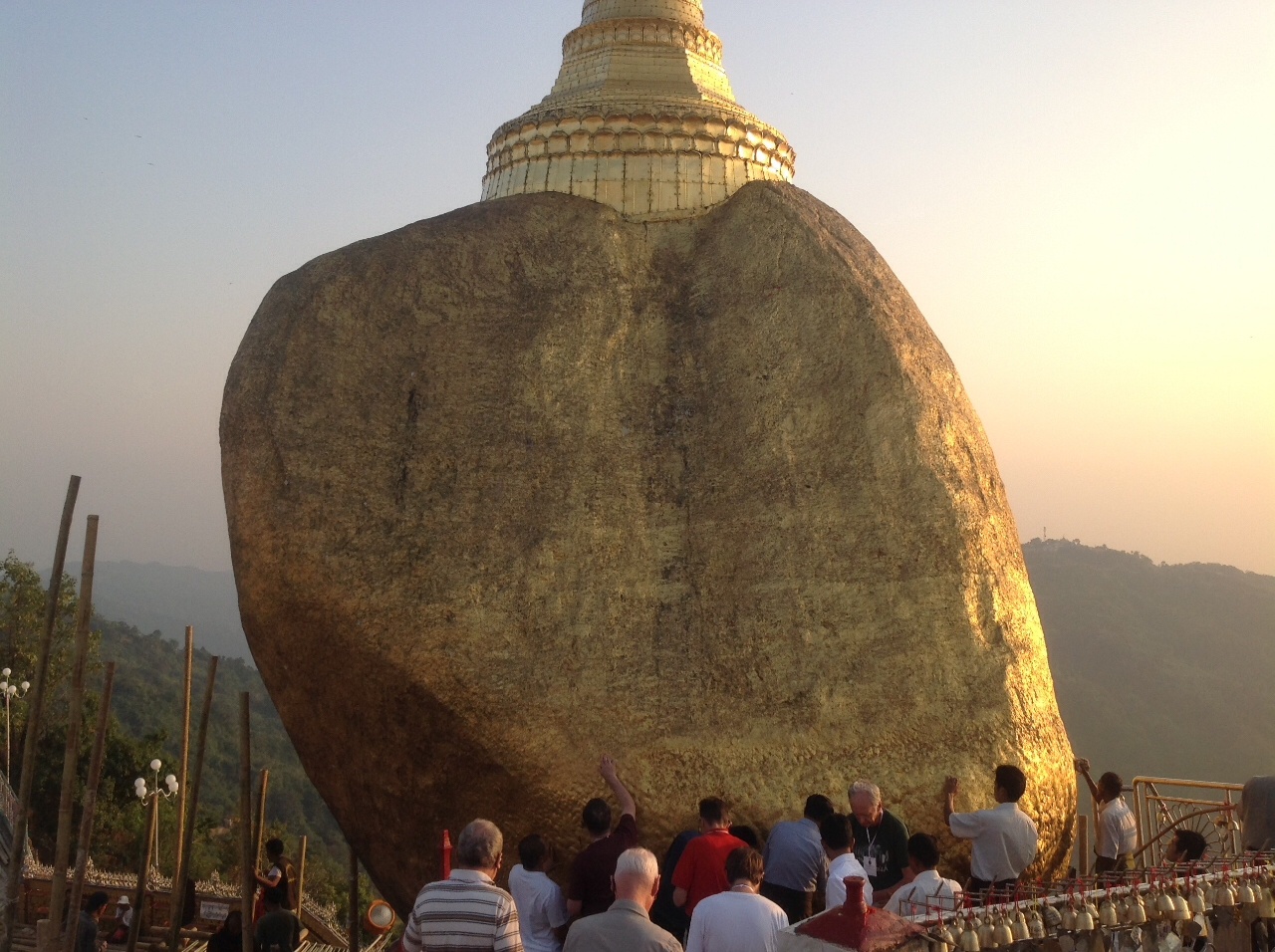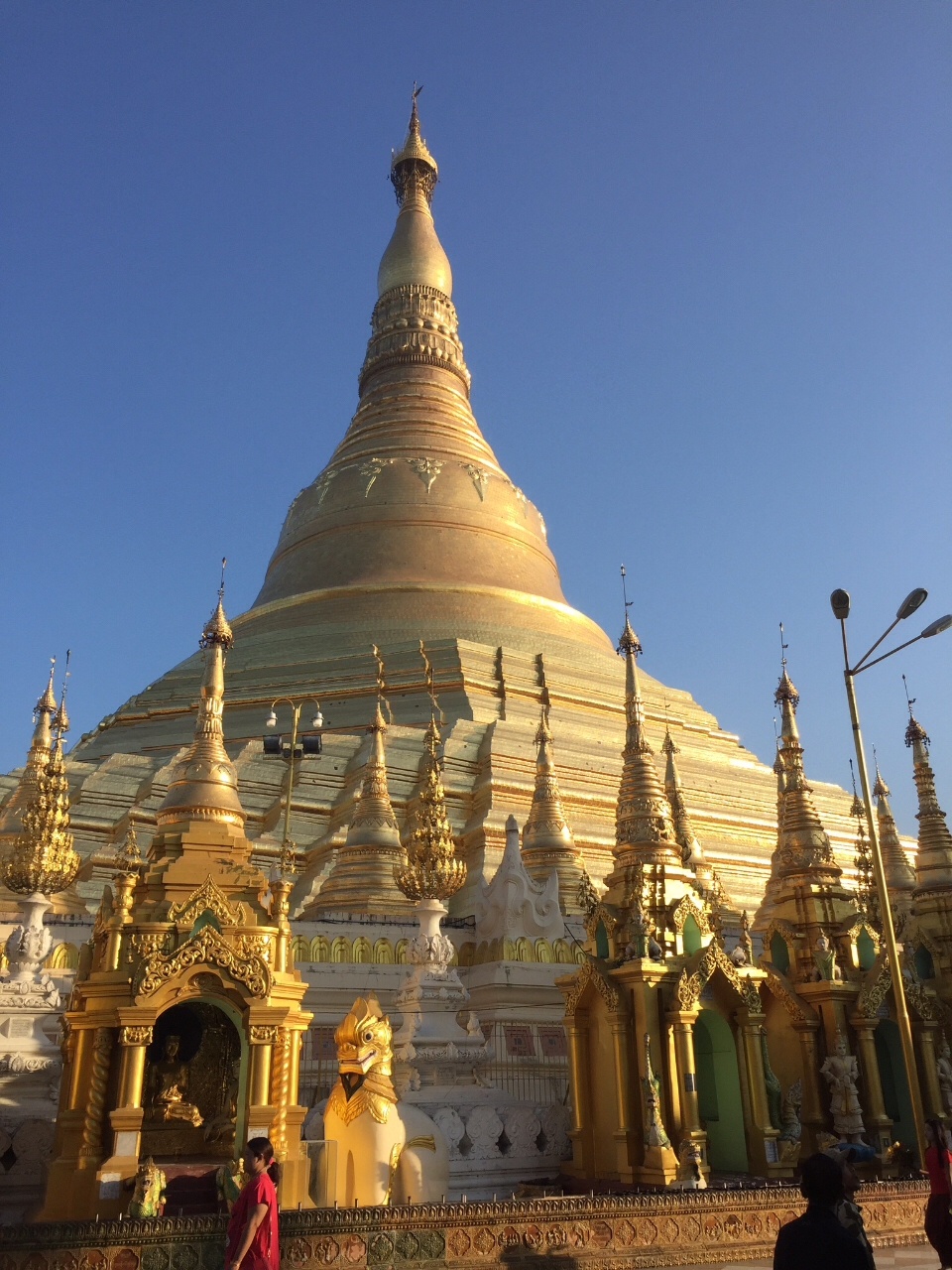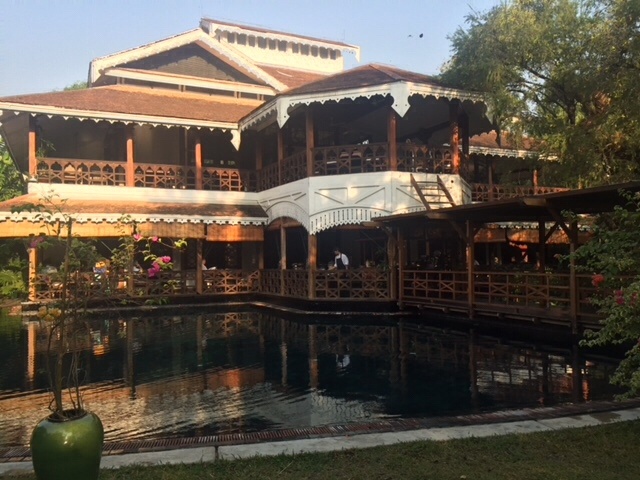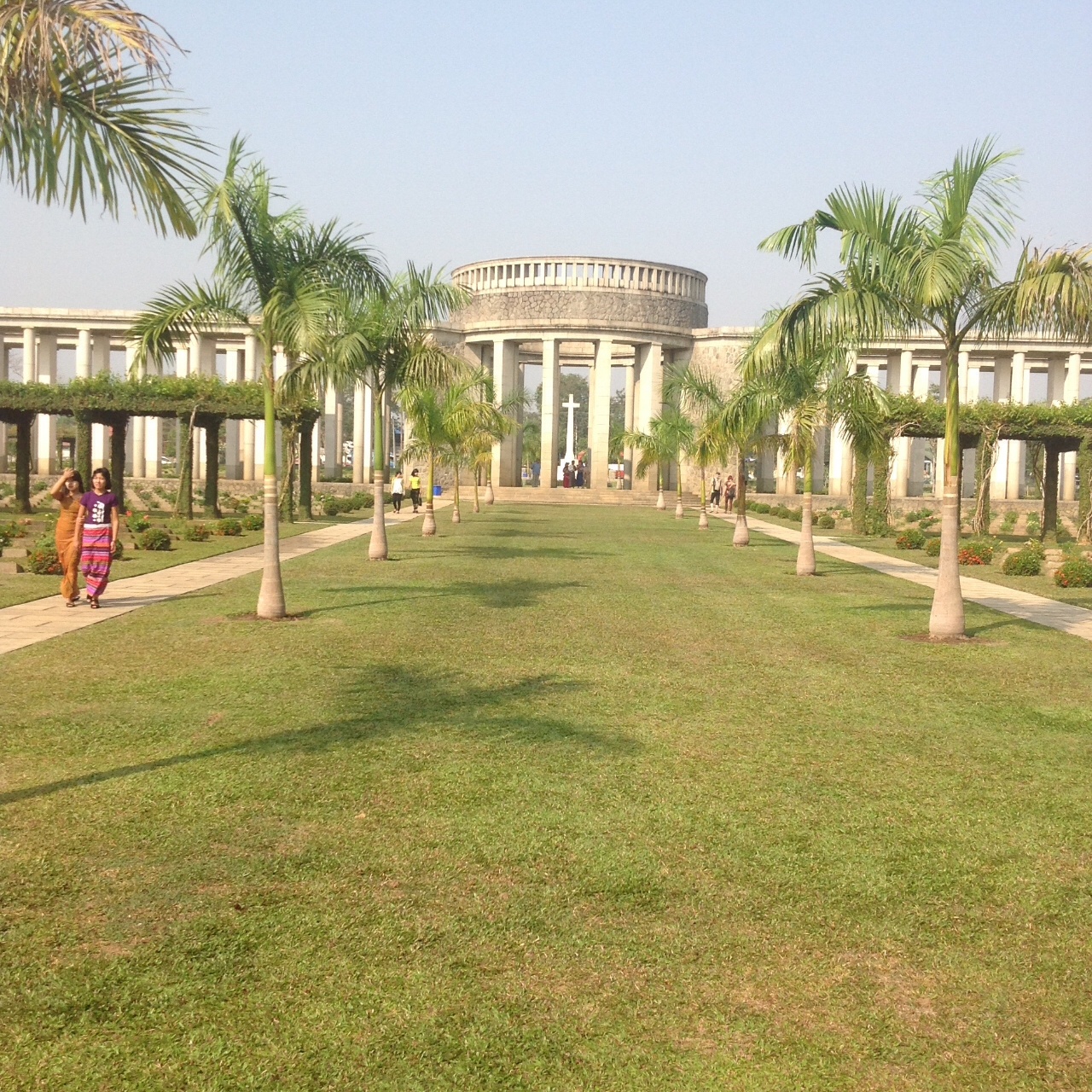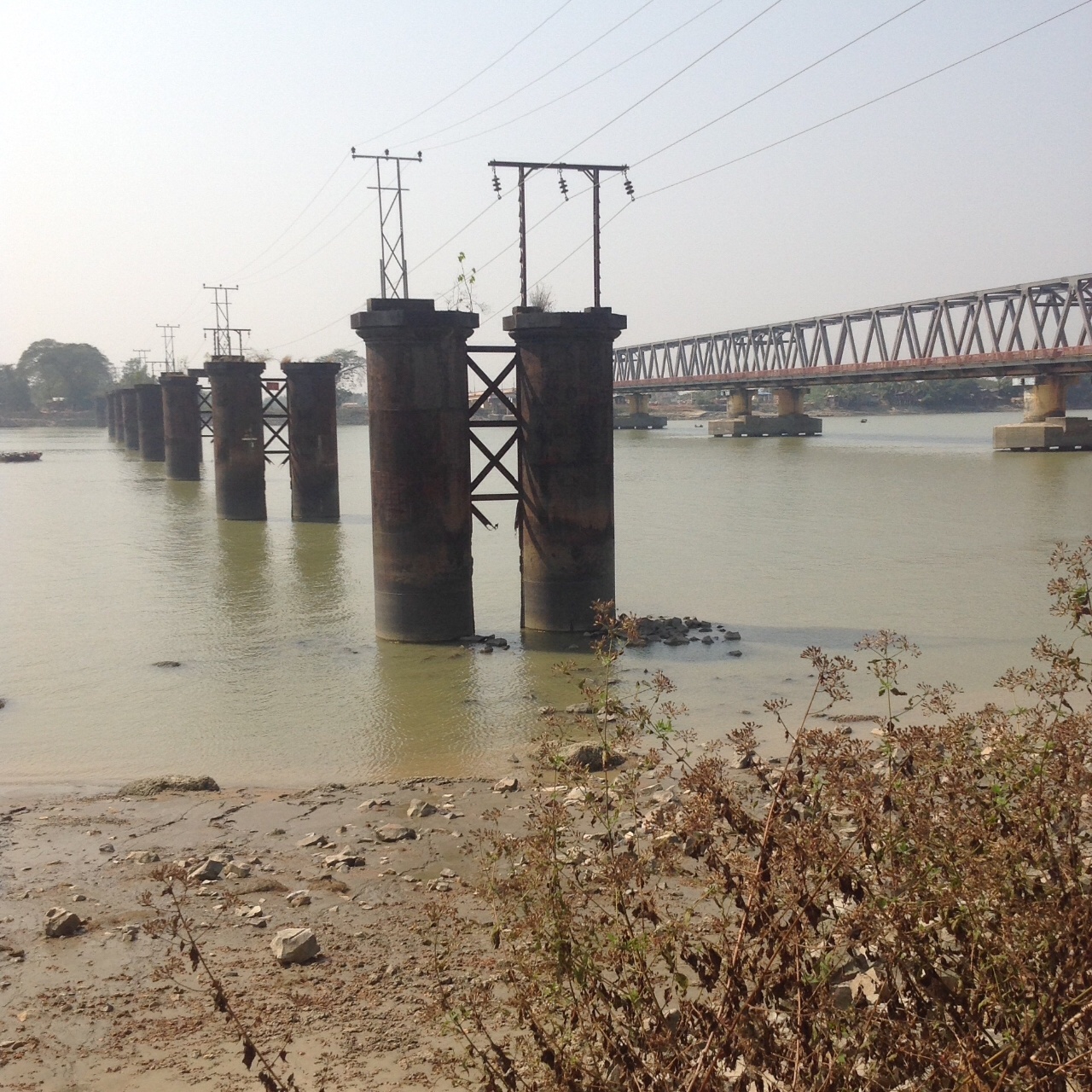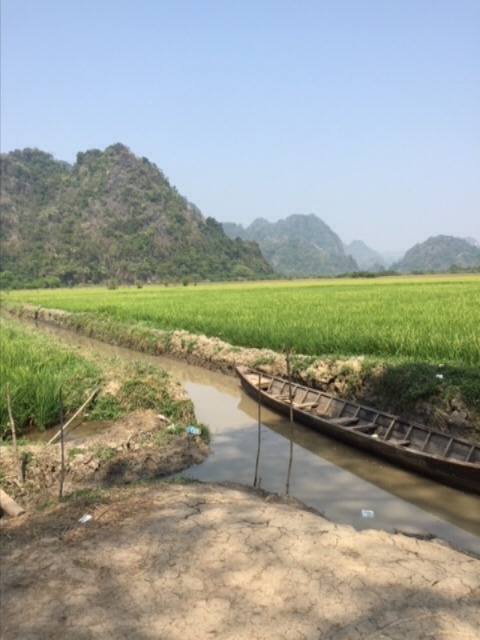Inle Lake
<p>Travelling along the length of the lake in a motorised dugout canoe is an unforgettable experience. Surrounded by the Shan Hills, the lake seems cut off from the rest of Myanmar. The Intha people live in wooden houses perched on stilts. Their villages are to be found on the sides and even in the centre of the lake. They fish from boats using the right and and book to manage the oar, freeing the left hand to fish. The Intha tend floating vegetable gardens: using bamboo poles. Driven into the bed of the lake, to prevent the ar dens from floating off altogether.</p>
The Golden Rock Pagoda
<p>We were up the mountain in a packed ttruck: a hair raising journey with the bends taken att great Speed. I assumed that this would lead to a deeply spiritual experience. Not a bit of it. A circus more like: th rows of stalls and seekers after donations what I am sure we're good Buddhist causes. The unset though was spectacular the sunrise was well worth my getting up for at 5.00 am. I did get to stick a piece of gold leaf on the Golden Rock itself. It does indeed stand precariously on a large Boulder sloping down hillside. Will it fall one day? That would be bad news for the stall holders. </p>
The Old Moulmein Pagoda
<p><span style="color: #888888;">my recitation from Rudyard Kipling''s 'Mandalay ' delivered at the 'Old Moulmein Pagoda' Moulmein Burma.</span></p>
There is no video clip yet
Rangoon and Bago
<p>Any tour of Myanmar is likely to be dominated by visits to Buddhist PMT (Pagodas; Monasteruse). The Schwedagon iPagoda in Yangon (Rangoon) is around 2500 years old. Yet the stupa, which dominates the city's skyline, looks as if it was built yesterday. That is due to the recent repainting in a bright gold colour. The stupa's back structure though is covered by real gold plates and is crowned by a 76 carat diamond.</p> <p>The British built Rangoon on a grid pattern that is still discenable today. Many of the colonial buildings are in dire need of restoration. However, there is now a Heritage Buildings Trust working armed with looking at the colonial quarter as a whole and not just individual buildings.</p> <p>the National Museum was disappointing: except for King Thibaw's throne which had a room to itself. It had accompanied the King into exile but was returned to Burma by Earl Mountbatten in 1948. Our hotel was I think the best in Burma: the colonial governor's residence owned by the Belmond Group.</p> <p>The Taukkyan war cemetery lies in the outskirts of the city and is managed by the Commonwealth Graves Commission. There are 6300 graves and 27000 names inscribed on the memorial itself. All were killed between 1943 and and 1945 in the service of the 'British Crown'.Bago was interesting largely due to the two important Pagodas that we visited: Shwemawdaw and Hintha Gon. </p> <p> We we left Bago for the Golden Rock Pagoda and Mon State. Mon State started at the Sittang river crossing: the new cantilever bridge standing alongside the pillars of the original as destroyed by the British in 1942: to hold up the Japanese advance on Rangoon.</p> <p> </p> <p> </p> <p> </p> <p> </p>
Mon and Karen
Mawlamyine is not as attractive a place as old colonial Moulmein. Yet it has a wonderful position by the estuary of the Salween rriver and there is evidence that the Anglo-Burmese residences are bing restored to their former glory. Moulmein is a place to be watched closely.
Leaving Moulmein to view the Karst - spectacular limestone rock formations - involved entering the Karen State. We walked, barefoot of course, through a tacky cave and sailed on a dugout canoe under rocks and along a water course that meandered through rice fields.
Driving along the main road required payment a toll to the military - there for our protection of course - and another to the compa by responsible for maintenance. We were sold also to expectt to pay a further toll to either the Karen Democratic Army (Buddhiist) or to the Karen National Army (Christian). They are both observing cease fires with the military government,
